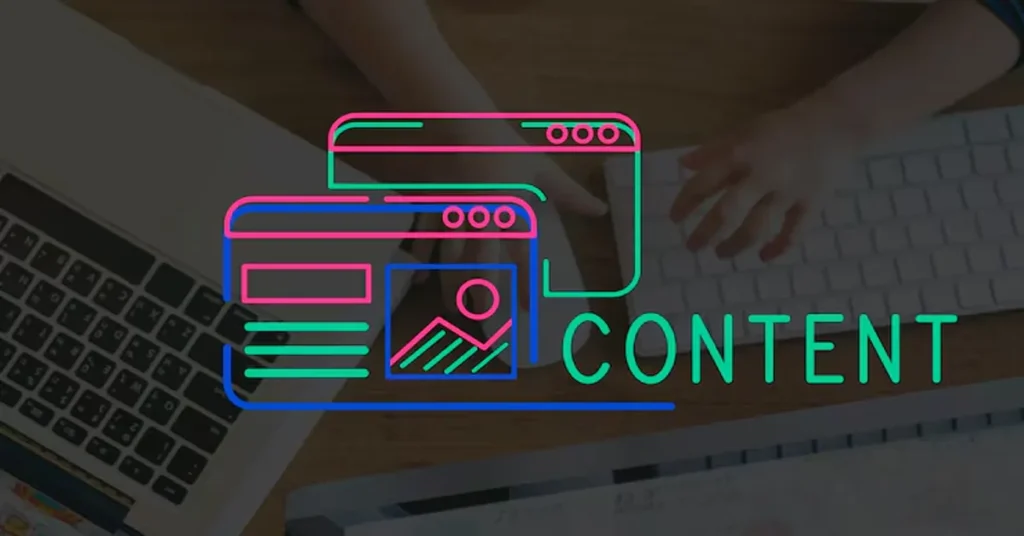The digital world is full of technical paths and links that help apps function smoothly in the background. One such example is content://cz.mobilesoft.appblock.fileprovider/cache/blank.html, which might look confusing to an average user. If you’ve stumbled upon this link while browsing your files or analyzing app activities, you might be wondering what it is and why it exists. This article will explain everything in detail—written simply, so even beginners can understand.
What Is content://cz.mobilesoft.appblock.fileprovider/cache/blank.html?
The path content://cz.mobilesoft.appblock.fileprovider/cache/blank.html is associated with AppBlock, a popular productivity app created by MobileSoft. AppBlock is designed to help users block distracting apps, websites, and notifications to maintain focus.
This path indicates that the app is using a FileProvider to manage cached files. The “blank.html” part suggests that it’s a temporary or placeholder HTML file used internally by the app, likely for:
-
Storing temporary webpage data
-
Displaying an empty or blank page during certain operations
-
Managing blocked website requests without loading the actual page
In short, it’s a background technical file that supports AppBlock’s functionality and is not meant for direct user interaction.
Why Does AppBlock Use FileProvider?
Understanding the FileProvider system is key to knowing why such a path exists. In Android, FileProvider is a secure way to share and access files between apps. Instead of giving apps direct file paths, Android uses content:// URIs for security reasons.
Here’s why it’s important:
-
Security – Prevents unauthorized apps from directly accessing sensitive files.
-
Temporary File Management – The cache folder stores files that are often temporary and deleted automatically later.
-
Webpage Redirection – Apps like AppBlock may create blank HTML files to redirect blocked websites to a neutral screen, avoiding accidental browsing.
So, when you see content://cz.mobilesoft.appblock.fileprovider/cache/blank.html, it’s simply AppBlock doing its job to keep you focused.
Is It Safe to Have This File on Your Device?
Yes, it’s completely safe. The file is part of the AppBlock system and doesn’t harm your device. It doesn’t collect personal data or pose any security threat. However, here are some important points to keep in mind:
-
Do not manually delete the file unless you are uninstalling AppBlock.
-
Do not share the link with others—it’s app-specific and meaningless outside the AppBlock environment.
-
Clearing cache is fine—if you clear the AppBlock cache through your phone’s settings, this file will likely be deleted and recreated when needed.
Why Might You See This Link?
Most users never notice this link because it operates in the background. However, you might see it if:
-
You’re using a file explorer app and browsing cache folders.
-
You checked AppBlock’s internal logs or debugging reports.
-
You opened a blocked website, and AppBlock redirected you to a blank page.
If you’re not intentionally exploring app files, you can safely ignore it.
How to Manage AppBlock Cache Files?
If you are concerned about storage or app performance, you can manage these cached files without affecting AppBlock’s core functionality.
1. Clear Cache via Settings
-
Go to Settings > Apps > AppBlock > Storage.
-
Tap Clear Cache.
2. Avoid Force Deleting Files Manually
Manually removing files from internal folders may cause app errors. Always use system tools to clear cache.
3. Regularly Update the App
App updates often clean up unnecessary cache files automatically.
Can You Open blank.html?
Technically, you can attempt to open the blank.html file using a browser or an HTML editor, but it will likely show… nothing! As the name suggests, it’s just a blank placeholder file used for redirection or technical purposes. It doesn’t contain useful content for end-users.
What to Do If You Encounter Errors With This File?
Although rare, some users report errors when AppBlock fails to load its internal files. Here’s what you can do:
-
Clear Cache – This usually fixes minor glitches.
-
Reinstall AppBlock – A fresh installation restores all necessary files.
-
Contact Support – If the problem persists, reach out to AppBlock’s support team.
Final Thoughts
The content://cz.mobilesoft.appblock.fileprovider/cache/blank.html path might seem confusing, but it’s simply a technical part of how AppBlock works. It helps the app manage blocked websites, temporary data, and secure file handling. There’s no need to worry about it—it’s safe, normal, and essential for the app’s productivity features.
If you ever come across such technical file paths, remember they are usually background processes that make your apps function smoothly. For the average user, there’s no need to interact with them directly—just let the app do its job of keeping you focused and productive.
✨ Visit Now For More Blogs Eromecom.org


